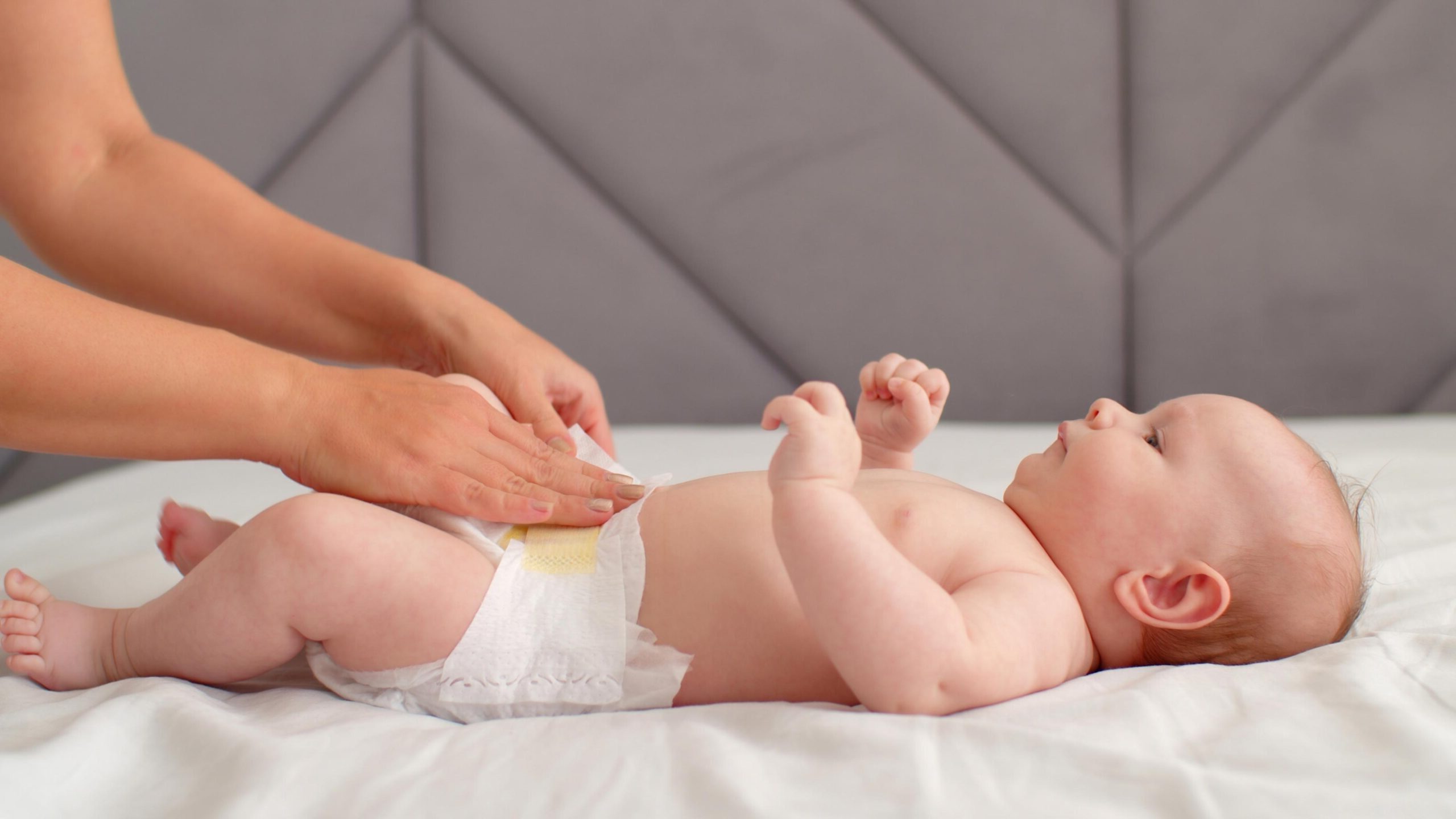What is diaper rash?
Diaper rash is redness and rash on a baby’s bottom or genital area. It is a very common rash. Most babies will get it from time to time. Normally, diaper rash can be treated easily at home.
Symptoms of diaper rash
The most common symptom of diaper rash is red, tender-looking skin in the diaper area (buttocks, thighs, and genitals). It could be a few spots, or the rash could cover much of the diaper area. Babies with diaper rash often fuss or cry when the area is touched or cleaned.
In bad cases, the rash can cause pimples, blisters, or other sores on your baby’s diaper area. If the rash gets infected, it may become bright red and the skin may get swollen. Small red patches or spots may spread beyond the main part of the rash, even outside the diaper area.
Call your doctor if:
- Pimples or small ulcers form.
- The rash bleeds or oozes fluid.
- Your baby has a fever.
- The rash spreads to other areas, such as the arms, face, or scalp.
- The rash gets worse despite home treatment.
- The diaper rash occurs in the first 6 weeks of life.
What causes diaper rash?
Diaper rash can be caused by a number of factors, including:
- Irritation from stool or urine. Babies left in a wet or dirty diaper for too long can get diaper rash. Frequent stools or diarrhea can also irritate the skin.
- Friction. Diapers that rub against the skin or fit too tightly can cause irritation.
- Candida infection. Candida is a fungus that grows in warm, moist places. The rash it causes, also called a yeast infection, is usually bright red with smaller red spots around the edges.
- Allergic reaction. Soap, laundry detergent, fabric softener, disposable diapers, baby wipes, or lotions can irritate your baby’s skin. Watch your baby’s skin carefully for reactions. Stop using products that appear to cause a rash.
- New foods. Changes in your baby’s diet can change the content and frequency of their stools. This can make diaper rash more likely. A breastfed baby could develop a rash in reaction to something the mother has eaten.
- Antibiotics. Yeast infections are common after a baby has been taking antibiotics, or if the mother is on antibiotics while breastfeeding.
How is diaper rash diagnosed?
Your doctor will examine the rash to diagnose it. Tests are not usually necessary. Many times you can start treatment at home without seeing your doctor.
Can diaper rash be prevented or avoided?
In many cases, diaper rash can be avoided or prevented. Make these steps part of your daily routine.
- Check your baby’s diaper often and change it as soon as it’s wet or soiled.
- Allow your baby’s skin to dry completely before putting on another diaper.
- Secure diapers loosely to allow for airflow.
- Don’t allow adhesive tabs to stick to your baby’s skin.
- Wash your hands before and after changing diapers to prevent spreading germs that could cause infections.
- Some babies get rashes often. You can apply a barrier ointment at every diaper change to prevent irritation. Products that contain zinc oxide (such as Desitin) or petroleum (such as Vaseline) are good choices.
- Don’t use powders, such as cornstarch or baby powder, on your baby’s bottom. Inhaled powder can irritate their lungs.
Diaper rash treatment
The key to treating diaper rash is to keep your baby’s diaper area as clean, cool, and dry as possible.
Change your baby’s diaper often. Avoid baby wipes, which often contain alcohol or fragrance that can be irritating. Clean the skin with warm (not hot) water or very mild soap.
Let him or her go without a diaper when possible to let the air dry the skin. Try placing your baby on an open cloth diaper during naptime. (Check the diaper shortly after your baby falls asleep and replace it if it’s wet. Babies often urinate right after falling asleep.)
You can apply diaper rash ointment or cream to the affected area before putting on a new diaper. Don’t use creams that contain boric acid, camphor, phenol, methyl salicylate, or compound of benzoin tincture. These chemicals can be harmful.
If the rash appears to be caused by a candida infection, call your doctor. It may need to be treated with antifungal cream or medicine.
Living with diaper rash
Diaper rash is very common in babies, especially those between 4 and 15 months old. Do the best you can to prevent it. But sometimes it can’t be avoided. Home treatment often clears up diaper rash in a few days. If that does not work, call your family doctor.
If you use cloth diapers, you should also keep these tips in mind.
- Wash diapers in hot water with bleach to kill germs. You can also boil them for 15 minutes on the stove after washing.
- Rinse diapers 2-3 times to remove all soap and chemicals.
- If you use detergent, be sure to choose detergent for sensitive skin. There are some brands specific to babies and cloth diapers.
- Avoid fabric softener and dryer sheets, which can irritate skin.
- Try to avoid plastic pants that fit over diapers. They increase heat and moisture in the diaper area. This makes it easier for diaper rash to start and for germs to grow.




